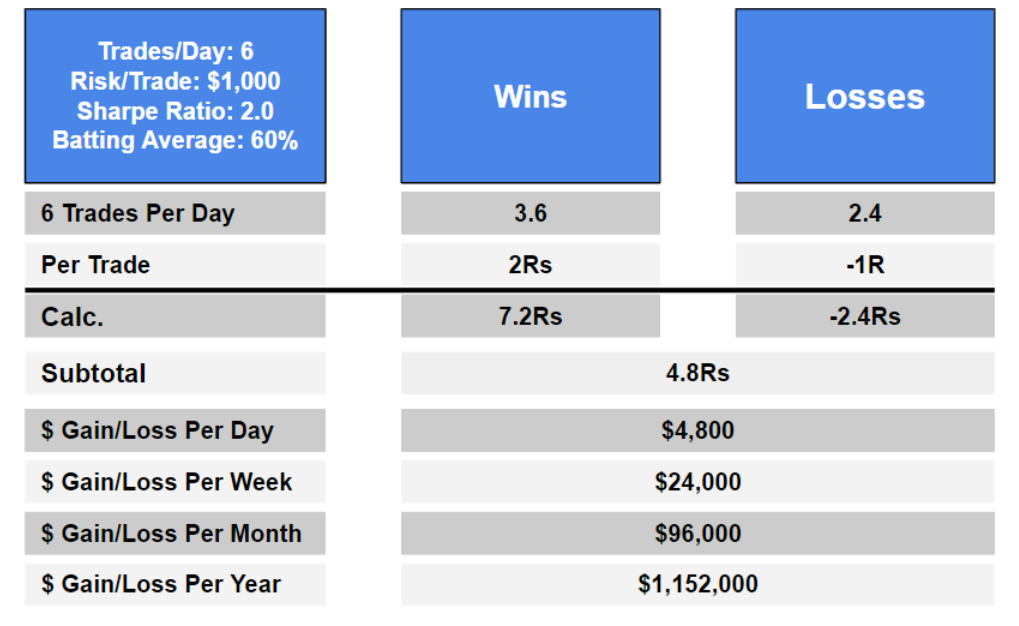
Pullback entry
A pullback refers to a market's return to a trend's beginning point. Depending on the trend, a drawback can be both deep and shallow. You can identify this using indicators such Fibonacci levels or moving averages. Your decision will be more reliable if you have more signals.
A pullback is an inevitable part of an uptrend. It can be caused by a sudden fall, profit-taking or bad news about the underlying security. Trend-following traders often use pullbacks to enter or add to long positions. These times are when you can use stop buy entry orders and buy limit orders.
Breakout strategy
A breakout strategy is essential in trading. It allows traders when prices are outside of their range to enter a trade. This strategy aims to profit from the upcoming trend, rather than wait for a long-term trend to emerge. A breakout strategy is more successful than traders who just follow price patterns.

Most breakouts occur at the resistance trend lines. However, a failed breakout usually happens when key breakout levels don't hold and price loses momentum. It is important to know the time period that the breakout will last. Trader should also know the profit margin and risk level of each trade. Traders should aim to risk the same amount that they hope to make.
Day trading carries risks
Day traders are required to make quick decisions. This is in contrast to long-term investors. They have to keep up with economic trends, market trends, as well as news cycles. They should also be able to understand the intricacies of particular products and industries. These investors can make huge profits or lose them. Margin calls can also be experienced by day traders, which can make it difficult for them to get their money back.
Day trading presents one of the greatest risks. It takes a lot of concentration to follow the prices of dozens of stocks, so traders who can't manage their stress may end up making mistakes. When making investment decisions, traders should avoid emotion. Alternative options include a buy and hold strategy. This involves analyzing several companies and then selecting the most important.
Strategies used
There are many day trade strategies that you can choose from. However, the gap & go strategy is the most widely used. This strategy is for stocks that are in a strong uptrend with minimal retracements. Finding a low risk entry price is crucial to making a trade work. Trendlines and moving Averages are great indicators for this. The trade's risk/reward ratio should not exceed 1:1.

Day trading strategies are a great way to reduce risk and maximize your profit. Once you have determined a strategy to use, it is time for you to choose the right instruments to trade. There are many options available: stocks, ETFs and futures.
FAQ
What is the difference in a broker and financial advisor?
Brokers are individuals who help people and businesses to buy and sell securities and other forms. They manage all paperwork.
Financial advisors are experts on personal finances. They can help clients plan for retirement, prepare to handle emergencies, and set financial goals.
Financial advisors can be employed by banks, financial companies, and other institutions. Or they may work independently as fee-only professionals.
It is a good idea to take courses in marketing, accounting and finance if your goal is to make a career out of the financial services industry. Also, it is important to understand about the different types available in investment.
What is a fund mutual?
Mutual funds can be described as pools of money that invest in securities. Mutual funds provide diversification, so all types of investments can be represented in the pool. This reduces risk.
Professional managers manage mutual funds and make investment decisions. Some mutual funds allow investors to manage their portfolios.
Mutual funds are often preferred over individual stocks as they are easier to comprehend and less risky.
What is the purpose of the Securities and Exchange Commission
Securities exchanges, broker-dealers and investment companies are all regulated by the SEC. It also enforces federal securities law.
Statistics
- For instance, an individual or entity that owns 100,000 shares of a company with one million outstanding shares would have a 10% ownership stake. (investopedia.com)
- Even if you find talent for trading stocks, allocating more than 10% of your portfolio to an individual stock can expose your savings to too much volatility. (nerdwallet.com)
- Individuals with very limited financial experience are either terrified by horror stories of average investors losing 50% of their portfolio value or are beguiled by "hot tips" that bear the promise of huge rewards but seldom pay off. (investopedia.com)
- "If all of your money's in one stock, you could potentially lose 50% of it overnight," Moore says. (nerdwallet.com)
External Links
How To
How do I invest in bonds
You will need to purchase a bond investment fund. The interest rates are low, but they pay you back at regular intervals. This way, you make money from them over time.
There are many options for investing in bonds.
-
Directly buy individual bonds
-
Buy shares of a bond funds
-
Investing through an investment bank or broker
-
Investing through a financial institution
-
Investing through a pension plan.
-
Directly invest through a stockbroker
-
Investing with a mutual funds
-
Investing via a unit trust
-
Investing with a life insurance policy
-
Investing in a private capital fund
-
Investing through an index-linked fund.
-
Investing with a hedge funds